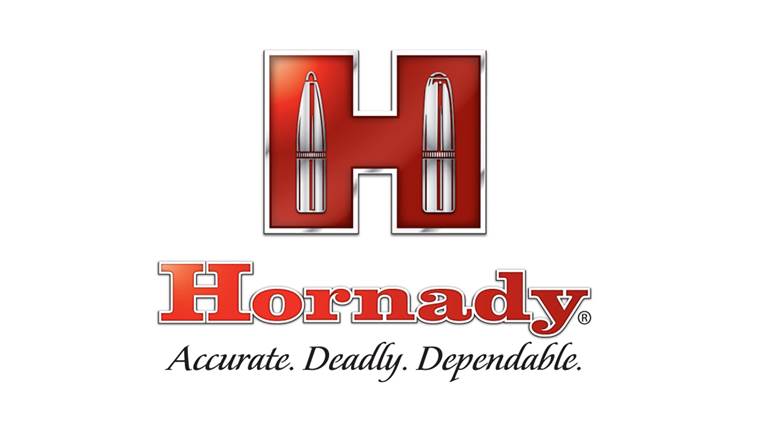
When Ruger introduced the .480 Ruger cartridge, they were aiming at a fairly narrow group of shooters—big game hunters. These hardy outdoor guys routinely take large game animals—even some dangerous ones—with powerful handguns. Often these guns produce velocities that are hard to believe and when this kind of velocity is paired with heavy bullets, the result is recoil. In the case of the .480, the recoil is pretty severe. The cartridge was introduced in a strengthened version of Ruger’s heavy duty Redhawk. While the gun’s recoil was stout with the heaviest .480 loads, it was a bit less severe than that of the .475 Linebaugh.The .480 was actually a shortened version of the .475, a limited production revolver cartridge much esteemed by the big game handgunners. The .480 Ruger never really caught fire as a popular handgun product and the recoil was not really the issue. The .480 Ruger came onto the market at about the same time as S&W’s .500 and .460 Magnums. These massive revolver cartridges and the over-sized wheelguns that fired them effectively trumped everything available in handgun power.
It now looks like Ruger is going to run some more .480 revolvers in some form. Ammunition for these guns is available from several makers and features bullets weighing from 275 grains up to 400 grains. Velocities run up to around 1350 fps with the lighter bullets. This is a recipe for recoil. Since it is already established that bigger and nastier guns/ammo sell better than the lighter-kicking .480, why not try another approach? I would suggest that a new load be introduced. How about a .480 Ruger load using a 300-gr. JHP or even Keith LSWC at 950 feet per second? This one should hit with convincing power for live targets and offer a shootable option for defense and informal target work. In this sense, it would broaden the versatility of another big bore revolver.























![Winchester Comm[94]](/media/1mleusmd/winchester-comm-94.jpg?anchor=center&mode=crop&width=770&height=430&rnd=134090756537800000&quality=60)
![Winchester Comm[94]](/media/1mleusmd/winchester-comm-94.jpg?anchor=center&mode=crop&width=150&height=150&rnd=134090756537800000&quality=60)












